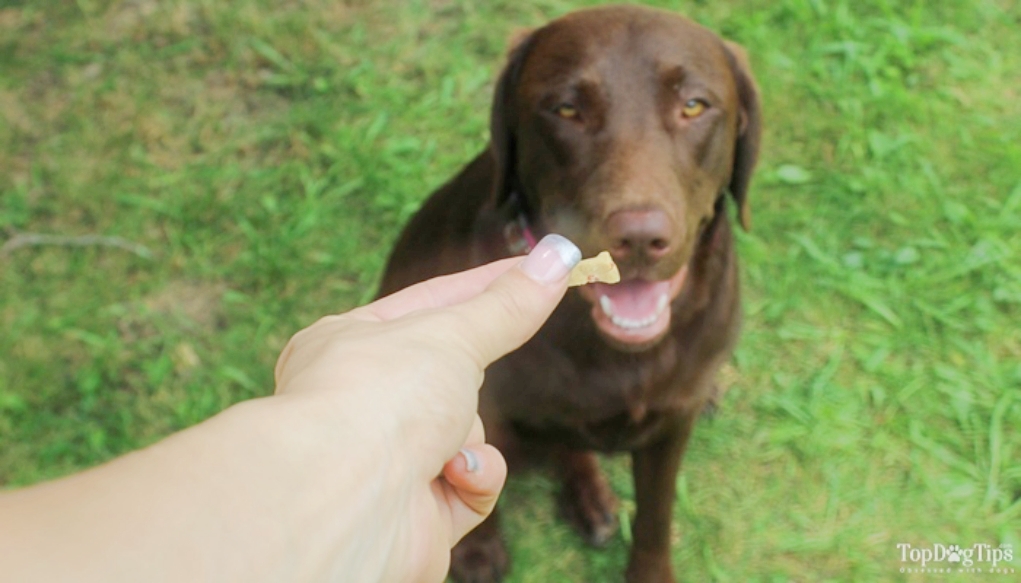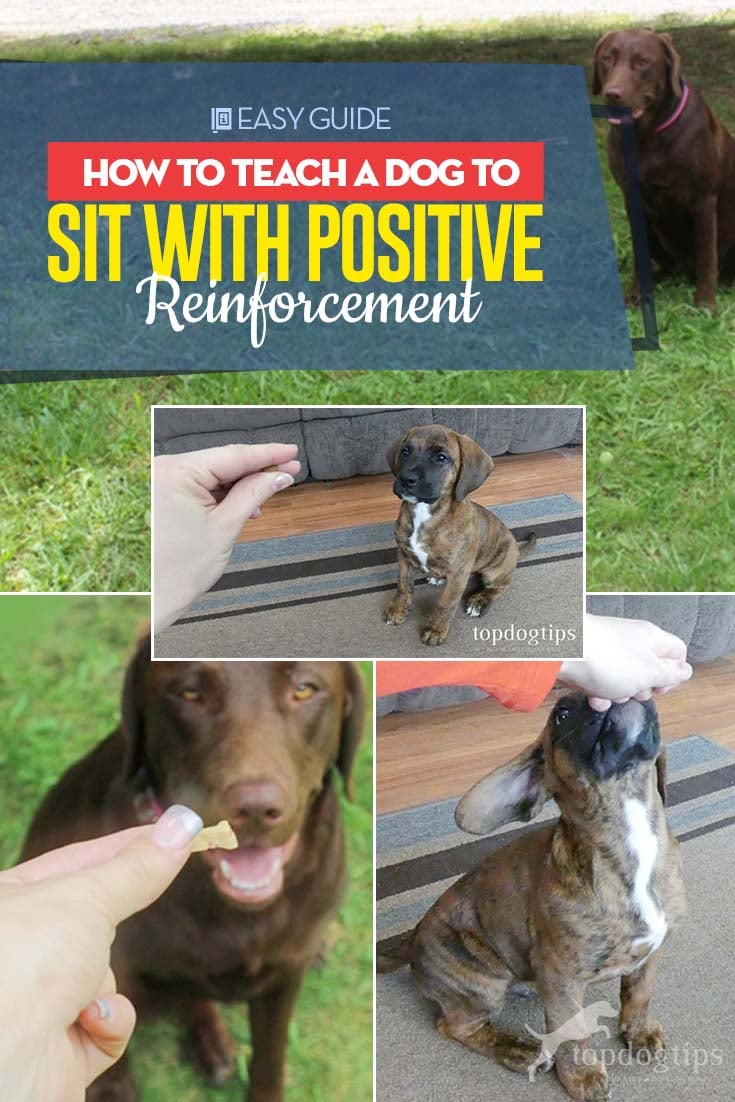You need to begin training your dog as soon as you bring him home. Whether you've adopted a new puppy or rescued an adult dog from your local shelter, training should start from the very first day. Learning how to teach a dog to sit will be one of the first commands you'll want to teach.
Training your dog takes a lot of patience, and it won't be a short process. You'll have to be consistent and work on training your pet every day. Begin with short training sessions about 10-15 minutes long, and don't forget the treats!
Remember, the key to successful dog training is consistency, praise and patience. End every training session on a positive note. This ensures that your dog remains happy and confident, and he'll be ready for the next session.
Dog training shouldn't be a stressful experience. While it can certainly try your patience from time to time, you should always remember to have fun when training your pooch. If you remain calm and happy, Fido will too!
How to Teach a Dog to Sit
 Taking the time to teach your dog to sit will pay off greatly in the future. This command can be used as a building block for other types of training. It can also make behavior training much easier, because you'll have a stepping stone to start with.
Taking the time to teach your dog to sit will pay off greatly in the future. This command can be used as a building block for other types of training. It can also make behavior training much easier, because you'll have a stepping stone to start with.
To begin learning how to teach a dog to sit, use a small treat that motivates your pooch. Choose a treat that is low in calories (under 5 per treat) to prevent unnecessary weight gain. Keep the treat in your enclosed hand and let your dog sniff it. He'll know what is in there and be driven to earn the treat.
 You need to be sure to use a vocal command along with the hand signal in the beginning. Eventually, you'll want to stop giving the hand signal and train your pet to respond solely to your verbal cues.
You need to be sure to use a vocal command along with the hand signal in the beginning. Eventually, you'll want to stop giving the hand signal and train your pet to respond solely to your verbal cues.
Once your dog has sniffed your hand, bring your arm up while saying ‘sit' in a firm voice. As you'll see in my video, raising your hand above your dog's head will cause him to follow the treat with his nose while dropping his butt to the ground.
As soon as your dog's rear end hits the ground you need to reward him with a verbal cue, such as ‘good boy,' and give him a treat.
When you hand him the treat, be sure to hold it out above his snout. This will keep the same posture (head in the air, butt on the ground). If you hold it down low or out away from him, it is likely that he will try to stand up and walk to the treat.
This is a bad habit that you don't want to start. Your dog will quickly begin to think that ‘sit' means quickly placing his butt on the ground and then standing up immediately. It will be hard to break this habit once your pet gets used to it.
As I mentioned, learning how to teach a dog to sit is time consuming and it won't happen over night. You'll need to use the “treat over the head” method quite a few times before your dog begins to understand what you're expecting.
 You don't need to master this task in one day. Take your time. Trust me, it will be better for you and your dog if you gradually work your way through the training process.
You don't need to master this task in one day. Take your time. Trust me, it will be better for you and your dog if you gradually work your way through the training process.
Taking small steps and moving along gradually will ensure that your dog concretely understands each phase of training before moving on to the next. Once Fido will sit immediately when he hears the command and sees your hand move, you can gradually stop raising your hand so high.
At this point, you can also stop using a treat every time. Make sure you still give verbal cues each time and reward with verbal praise every time your pet does what you ask.
Once your dog sits on command without the hand gesture, you can begin to increase your distance. Take a few steps back and ask your dog to sit. If he needs motivation, bring back the treats!
Don't stop at “sit”. When your canine companion has a firm grasp of this command, move on to another. “Sit” is one of the building blocks for command training. Now, you can move on to “lie down,” “stay” and a release command.
READ NEXT: 16 Commands You Must Teach Your Dog After Adopting













